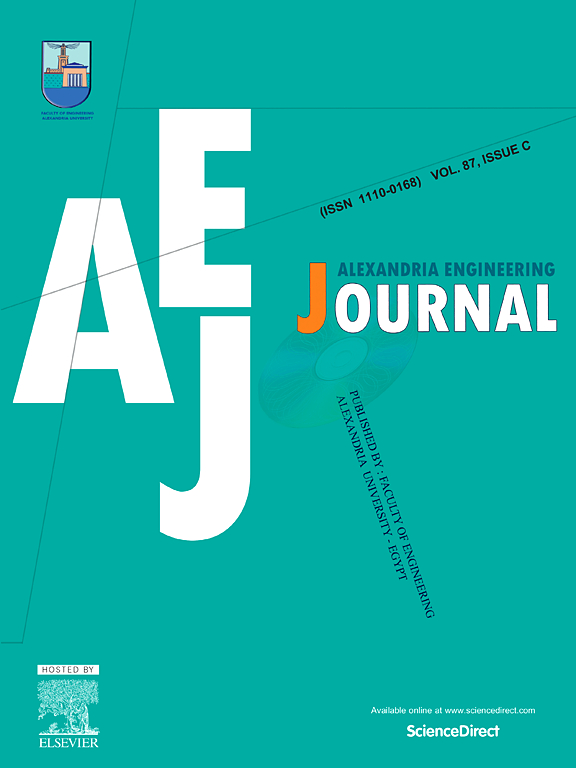TraffiCoT-R:大型语言模型的高级时空推理框架
IF 6.8
2区 工程技术
Q1 ENGINEERING, MULTIDISCIPLINARY
引用次数: 0
摘要
时空预测研究城市地区的动态模式,包括交通流量、人口流动和基础设施的发展和变化。然而,大多数现有的方法需要大量的历史标记数据来训练特定领域的特定模型,这导致效率低下,并且降低了不同现实世界环境的通用性。这些约束要求模型具有跨不同时空应用的高泛化性。在本研究中,我们引入了一种基于提示的方法TraffiCoT-R,该方法可以有效地与llm建立时空关系模型。TraffiCoT-R将特征选择方法ST-FIR (spatial - temporal Feature Importance Rotation)与特征定义模块(Feature Definition Module)相结合,实现情境化推理,并采用多步迭代框架增强预测能力。这样的发展使零弹和少弹配置具有强大的性能。在PeMS、NYCTaxi、NYCBike和CHITaxi上的实验表明,TraffiCoT-R在上述所有数据集的零射击配置上都优于最先进的基线。这些结果显示了将法学硕士与时空框架统一起来的潜力,以实现数据高效、可扩展的城市分析。本文章由计算机程序翻译,如有差异,请以英文原文为准。
TraffiCoT-R: A framework for advanced spatio-temporal reasoning in large language models
Spatio-temporal prediction investigates dynamic patterns in urban areas, including traffic flow, population movement, and infrastructure development and change. Most of the existing methods, however, require massive historical labeled data to train domain-specific models for a particular area of interest, which leads to inefficiency and reduced generalizability across different real-world environments. Such constraints call for models with high generalizability across different spatio-temporal applications. In this study, we introduce TraffiCoT-R, a prompt-based method that models the spatio-temporal relationships efficiently with LLMs. TraffiCoT-R integrates Spatio-Temporal Feature Importance Rotation (ST-FIR), a feature selection method, with a Feature Definition Module to enable contextualized reasoning and a multi-step iteration framework to enhance prediction. Such developments enable robust performance in zero-shot and few-shot configurations. Experiments on PeMS, NYCTaxi, NYCBike, and CHITaxi demonstrate that TraffiCoT-R outperforms state-of-the-art baselines on all the above-mentioned datasets in zero-shot configurations. These results show the potential of unifying LLMs with spatio-temporal frameworks for data-efficient, scalable city analysis.
求助全文
通过发布文献求助,成功后即可免费获取论文全文。
去求助
来源期刊

alexandria engineering journal
Engineering-General Engineering
CiteScore
11.20
自引率
4.40%
发文量
1015
审稿时长
43 days
期刊介绍:
Alexandria Engineering Journal is an international journal devoted to publishing high quality papers in the field of engineering and applied science. Alexandria Engineering Journal is cited in the Engineering Information Services (EIS) and the Chemical Abstracts (CA). The papers published in Alexandria Engineering Journal are grouped into five sections, according to the following classification:
• Mechanical, Production, Marine and Textile Engineering
• Electrical Engineering, Computer Science and Nuclear Engineering
• Civil and Architecture Engineering
• Chemical Engineering and Applied Sciences
• Environmental Engineering
 求助内容:
求助内容: 应助结果提醒方式:
应助结果提醒方式:


